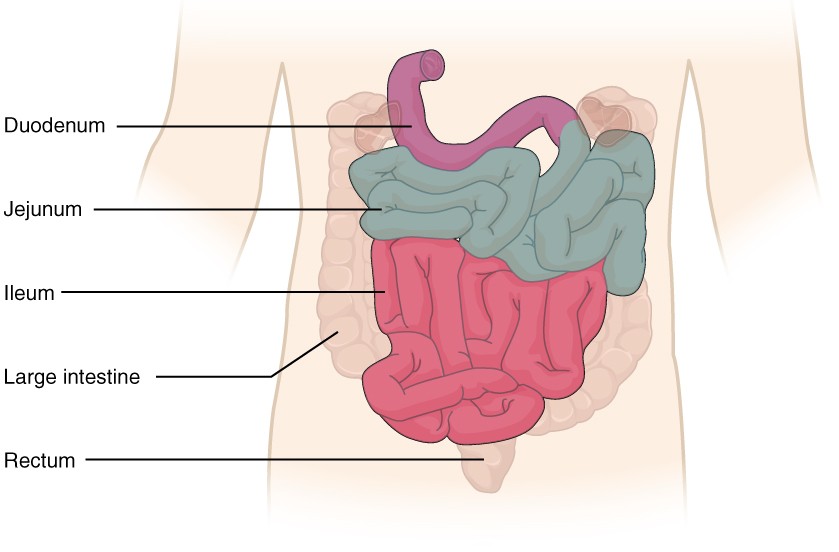2.27 Describe the function of the human alimentary canal
1/4
There's no tags or description
Looks like no tags are added yet.
Name | Mastery | Learn | Test | Matching | Spaced |
|---|
No study sessions yet.
5 Terms
mouth
contains the teeth that mechanically breaks down food
contains the salivary glands that produce mucus for lubrication and amylase
oesophagus
transports food to stomach through peristalsis
stomach
holds food
mixes it with HCl (to kill bacteria and provide optimum pH for protease)
mixes it with protease

small intestine
duodenum - digestion of food coming from stomach = completed with enzymes present in duodenum lining + secreted by pancreas
pH of small intestine is alkaline = 8-9
ileum - absorption of digested food and water molecules occur
the lining of the ileum is covered villi
adaptations of villi found ileum (lower part of small intestine)
high surface area for absorption
small diffusional distance —> close blood supply + one-cell thickness
concentration gradient —> surrounding area of villi is higher in conc of glucose, amino acids, glycerols, fatty acids
because blood flows through the villi —> blood flowing out = removes those nutrients from blood stream
lacteals —> collect lipids before they returned to the circulatory system